My Champlain Valley
Haley Bouley
July 20, 2018
St. Albans, Vt. – Phosphorous, it’s found in everything from our fertilizers, manure and sewage waste and eventually it ends up, one way or another into our rivers, streams and lakes.
Although it occurs naturally in any water sources and can actually help a habitat to thrive, too much of it can create an imbalance in the ecosystem, starving other organisms of oxygen.
In the Saint Albans Bay there are two species that have become a nuisance to water quality and recreation on the lake. Those are milfoil and blue green algae or cyanobacteria and both of those species thrive on phosphorous.”
On Friday, crews from the U.S Fish and Wildlife service and the Lake Champlain Basin Program joined Congressmen Peter Welch in touring the bay, to see just where the problems lie.
“Mainly driven by phosphorous which get in to the bay through sediment run off from a lot of different sources,” said Chris Smith, Vermont’s State Coordinator for U.S. Fish and Wildlife.
He says these over grown species can create challenges for recreation, but improvements aren’t going to happen overnight.
“It’s going to take years, decades to improve some of the water quality issues given the legacy phosphorous that’s already here,” said Smith.
This past Wednesday Representatives Welch and Elise Stefanik secured 8.4 million dollars for the Lake Champlain Basin Program.
“Funds the ongoing efforts that Fish and Wildlife Lake Champlain basin folks have been doing,” said Welch.
All in an effort to keep one of our greatest natural resources, clean.
“We can’t through our hands up and say were not going to do anything we need to keep working across all sector to improve and reduce the amount of pollutants that are coming into Lake Champlain,” said Smith.





